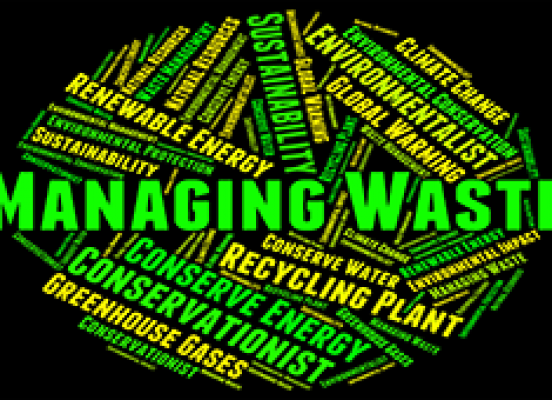Biomedical Waste Disposal
Biomedical waste management has recently emerged as an issue of major concern not only to hospitals, nursing home authorities but also to the environment. the bio-medical wastes generated from health care units depend upon a number of factors such as waste management methods, type of health care units, occupancy of healthcare units, specialization of healthcare units, the ratio of reusable items in use, availability of infrastructure and resources, etc.
The proper management of biomedical waste has become a worldwide humanitarian topic today. Although hazards of poor management of biomedical waste have aroused the concern world over, especially in the light of its far-reaching effects on humans, health, and the environment.
Now it is a well-established fact that there are many adverse and harmful effects to the environment including human beings which are caused by the Hospital waste generated during patient care. Hospital waste is a potential health hazard to the health care workers, public, and flora and fauna of the area. The problems of waste disposal in hospitals and other health-care institutions have become issues of increasing concern.
According to Biomedical Waste (Management and Handling) Rules, 1998 of India Any waste which is generated during the diagnosis, treatment or immunization of human beings or animals or in research activities pertaining thereto or in the production or testing of biological.
The Government of India (notification, 1998) specifies that Hospital Waste Management is a part of hospital hygiene and maintenance activities. This involves the management of a range of activities, which are mainly engineering functions, such as collection, transportation, operation or treatment of processing systems, and disposal of wastes.
One of India’s major achievements has been to change the attitudes of the operators of health care facilities to incorporate good HCW management practices in their daily operations and to purchase on-site waste management services from the private sector. (Bekir Onursal, 2003)
World Health Organization states that 85% of hospital wastes are actually non-hazardous, whereas 10% are infectious and 5% are non-infectious but they are included in hazardous wastes. About 15% to 35% of hospital waste is regulated as infectious waste. This range is dependent on the total amount of waste generated (Glenn and Garwal, 1999).
Classification of Bio-Medical Waste
The World Health Organization (WHO) has classified medical waste into eight categories:
- General Waste
- Pathological
- Radioactive
- Chemical
- infectious to potentially infectious waste
- Sharps
- Pharmaceuticals
- Pressurized containers
Sources of Biomedical Waste
Hospitals produce waste, which is increasing over the years in its amount and type. The hospital waste, in addition to the risk for patients and personnel who handle them also poses a threat to public health and the environment.
Major Sources
- Govt. hospitals/private hospitals/nursing homes/ dispensaries.
- Primary health centers.
- Medical colleges and research centers/ paramedic services.
- Veterinary colleges and animal research centers.
- Blood banks/mortuaries/autopsy centers.
- Biotechnology institutions.
- Production units.
Minor Sources
- Physicians/ dentists clinics
- Animal houses/slaughterhouses.
- Blood donation camps.
- Vaccination centers.
- Acupuncturists/psychiatric clinics/cosmetic piercing.
- Institutions for disabled persons
Biomedical Waste Management Services
- Waste collection
- Segregation
- Transportation and storage
- Treatment & Disposal
- Transport to final disposal site
- Final disposal
To know more, please check Medicare.

